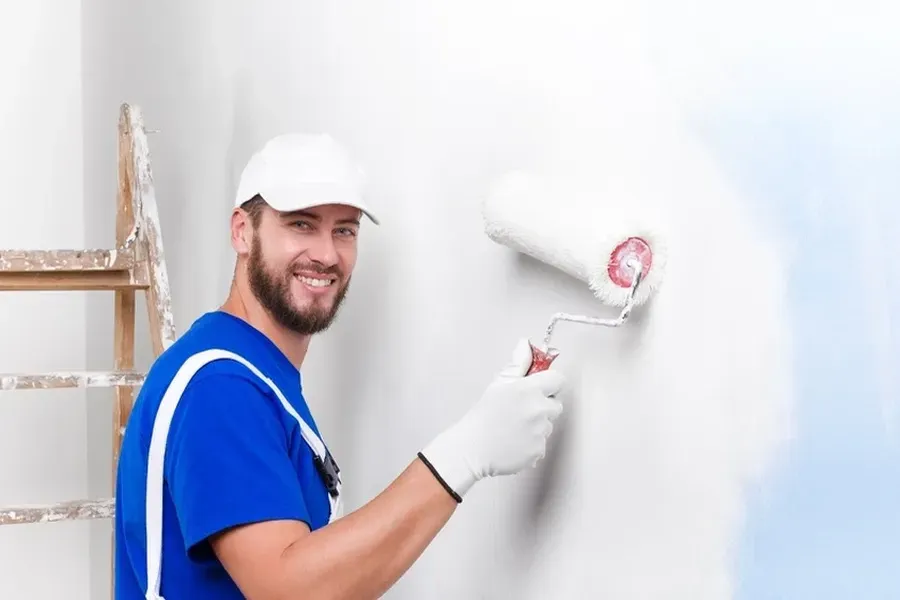Steps to Ready Your Masonry Walls for a Fresh Look
Painting masonry walls can give your space a new and refreshed look. However, preparing these surfaces properly is crucial to ensure the paint adheres well and lasts longer. This guide will walk you through the essential steps needed for effective preparation. By understanding how to prepare your walls, you will avoid common pitfalls and achieve a professional-looking finish.

Understanding Masonry Surfaces
Masonry walls differ from regular drywall in that they are made of materials like brick, stone, or concrete. These surfaces are more porous and textured, which can affect how paint adheres. Understanding your wall’s material is important before starting any painting project. Each type of masonry may require different preparation techniques to ensure the best results.
The Importance of Proper Cleaning
Before beginning with interior painting, cleaning your masonry walls is vital. Dirt, grease, and grime must be removed to allow the paint to stick properly. Use a mild detergent mixed with water and scrub the surface gently with a brush. Rinse thoroughly and let it dry completely before moving on to the next step.

Fixing Surface Imperfections
After cleaning, inspect the walls for cracks and holes. These imperfections should be repaired using a suitable filler or patching compound. For larger gaps, consider using a specific masonry repair mix. Allow these repairs to dry fully before proceeding with the painting process.
Applying Primer for Better Adhesion
A high-quality primer is necessary when preparing masonry walls. Primers help seal the surface and create an even base for the final coat. Choose a primer compatible with both masonry and the type of paint you plan to use. Apply the primer evenly across the surface and let it cure as per the manufacturer’s instructions.
- Select a primer designed for masonry surfaces
- Ensure even coverage without drips
- Follow drying times recommended on the product label
Selecting the Right Paint Type
Your choice of paint affects both durability and appearance. Opt for paints specifically formulated for masonry surfaces to ensure good adhesion. Water-based acrylic paints are often recommended due to their flexibility and ease of clean-up. Consider factors such as finish (matte, satin, or gloss) based on your design preferences.
Steps to Painting Your Prepared Wall
- Test the paint color on a small area for approval
- Use quality brushes and rollers for application
- Start painting in sections, working from top to bottom
- Apply at least two coats for full coverage
- Allow each coat to dry before applying the next one
Troubleshooting Common Issues
Masonry walls can pose unique challenges during painting projects. Common issues include paint peeling or blistering if the wall wasn’t prepared properly. Address such problems by ensuring thorough cleaning, adequate drying time between layers, and choosing the right products for your surfaces.
Ensuring Long-Lasting Results
To maintain the fresh look of your painted masonry walls, regular maintenance is key. Cleaning them periodically with gentle solutions helps prevent dirt buildup. If touch-ups are required, always use leftover paint from the original project to ensure consistency in color and texture.
Contact Us for Professional Assistance
If you’re located in Maynard, MA and need expert help with your masonry painting project, reach out to us at LID. Our professionals can provide comprehensive services tailored to your needs. Call us today at (508) 979-9147 to schedule a consultation and bring your vision to life.